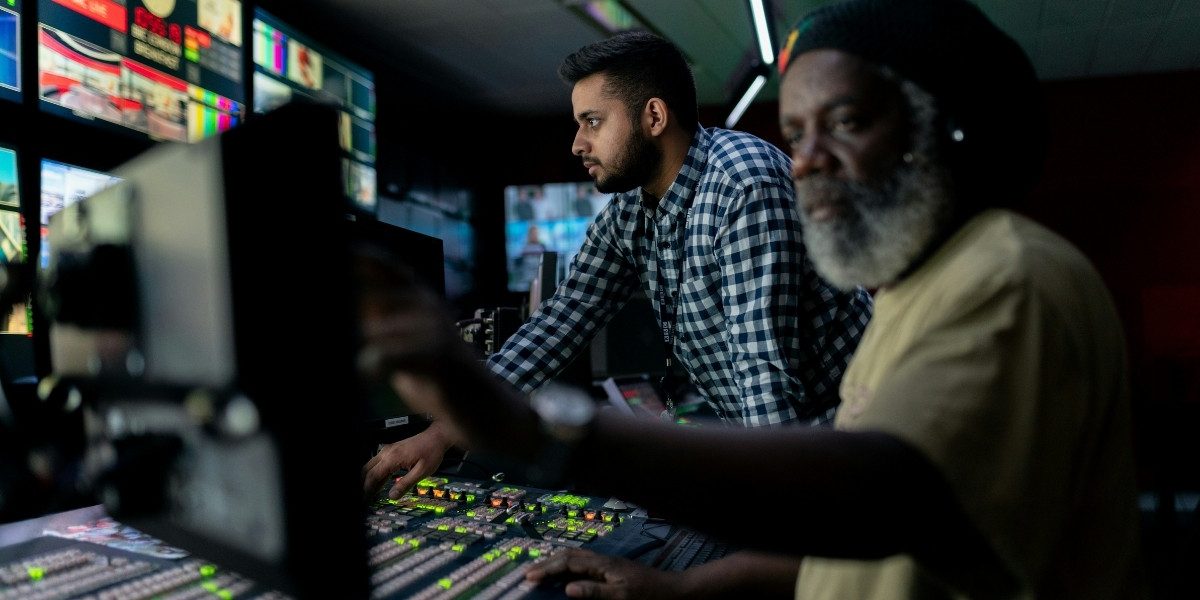How Does Authenticity in Unscripted Television Shape Viewer Reality?
The world of unscripted television invites audiences into what appears to be unfiltered, genuine life moments. Whether it is a competitive reality show, a documentary-style series, or a social experiment, viewers expect to witness raw emotions and real reactions. Yet, questions around the authenticity in unscripted television persist. How real is the reality being shown? This uncertainty draws attention to the fine line between genuine events and produced storytelling, creating a dilemma for producers, participants, and viewers alike.
Unscripted television thrives on the promise of truth. The idea that viewers get to peek behind the curtain of everyday life or unusual situations is compelling. Shows like Survivor, The Real World, and countless international series have attracted millions by offering drama, unpredictability, and human connection. However, industry insiders reveal that much of what appears spontaneous is carefully curated. Editing techniques, producer interventions, and scene reshoots often influence the narrative. This blend of authenticity and production raises important questions about how reality is portrayed and consumed.
Read Also: The Influence of Fandoms on Social Media and Culture
What Makes Authenticity Challenging in Unscripted Television?
Understanding why authenticity is difficult to achieve in unscripted television begins with recognizing the goals of the medium. Unlike scripted dramas, these shows rely on real people and unscripted events. However, simply filming real life as it unfolds does not always result in engaging television. Producers face the challenge of crafting a compelling story that keeps viewers invested. To do this, they may edit footage selectively, rearrange scenes, or suggest actions to participants.
Experts point out that such practices do not necessarily make a show dishonest, but they do blur the line between reality and performance. Participants might be encouraged to share more emotional or dramatic moments than they naturally would. Editors can emphasize conflict or tension by choosing specific shots or dialogue. This manipulation, while subtle, shapes viewer perception of what is “real.” It complicates the notion of authenticity, showing that unscripted television often balances storytelling with truth.
How Does This Blend Affect Viewers’ Perception?
The relationship between production practices and viewer perception is complex. Research indicates that many audiences accept the version of reality presented to them as authentic, especially when the format is unscripted. Emotional engagement deepens the connection viewers feel with participants, encouraging empathy and loyalty. However, this engagement also opens the door for misunderstandings about what is genuine.
Professionals recommend greater transparency about production methods to build trust with audiences. When viewers understand that some aspects are guided or enhanced, they can enjoy the content with a more critical mindset. This awareness helps prevent disillusionment and maintains a healthy relationship between creators and consumers. It also encourages viewers to reflect on how media shapes their understanding of reality.
Why Do Producers Face Challenges in Maintaining Authenticity?
The process of creating unscripted television is inherently complex. Producers must balance unpredictability with a coherent narrative structure that appeals to audiences. Real life can be slow, uneventful, or confusing, making it difficult to sustain viewer interest without some level of intervention.
In some cases, producers might reshoot scenes or propose scenarios to participants. These actions are designed to capture moments that better fit the story arc or highlight key themes. While this practice can enhance storytelling, it also raises ethical questions about manipulation and honesty. Industry professionals stress the importance of respecting participants’ experiences, avoiding coercion, and maintaining the integrity of the content.
What Role Do Ethics Play in the Authenticity Debate?
Ethical considerations lie at the core of the authenticity dilemma. Unscripted television often deals with real people facing real situations, which demands responsibility from creators. Manipulating participants or fabricating events risks causing harm, misleading viewers, and damaging reputations.
Aligning with guidelines such as those set by the Federal Trade Commission (FTC) encourages fairness and honesty in media production. These standards help protect participants from exploitation and audiences from deception. When shows adhere to ethical principles, they contribute to a trustworthy media environment where entertainment does not come at the cost of integrity.
Controversies surrounding staged moments or exaggerated conflicts have sometimes undermined public confidence. Such cases remind producers and viewers alike of the fragile balance between drama and deception. Ethical production practices promote respect for participants and transparency toward audiences, preserving the value of unscripted television as a form of storytelling.
How Do Examples from Shows Illustrate the Authenticity Challenge?
Examining specific examples helps reveal the complexities involved. Long-running shows like Survivor have famously combined genuine competition with producer-guided storylines, creating drama that captivates viewers. The Real World has pushed social boundaries while showcasing interpersonal conflicts, some of which have sparked debate about manipulation.
International unscripted series present additional variations. Different cultural expectations and production norms influence how authenticity is portrayed and perceived. Some programs prioritize raw footage and minimal editing, while others embrace a more cinematic approach to storytelling. These differences underscore that there is no single definition of authenticity but rather a spectrum shaped by creative choices and audience expectations.
Read Also: How Dynamic Visuals Boost Customer Engagement
What Can Viewers Learn About Authenticity in Unscripted Television?
The authenticity in unscripted television dilemma offers broader insight into media consumption today. As viewers seek connection and meaning, unscripted programs fill a unique space by blending entertainment with real-life experiences. Recognizing the mix of production and reality encourages a more thoughtful engagement with content.
Viewers who understand the techniques behind unscripted shows can better appreciate the genre’s appeal without being misled. This awareness fosters critical thinking about media messages and promotes a healthier viewing experience. Ultimately, the coexistence of storytelling and authenticity invites audiences to enjoy unscripted television as both entertainment and a reflection of human complexity.








